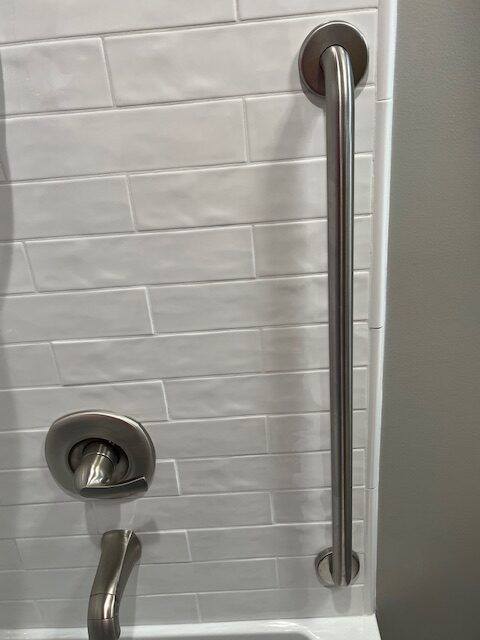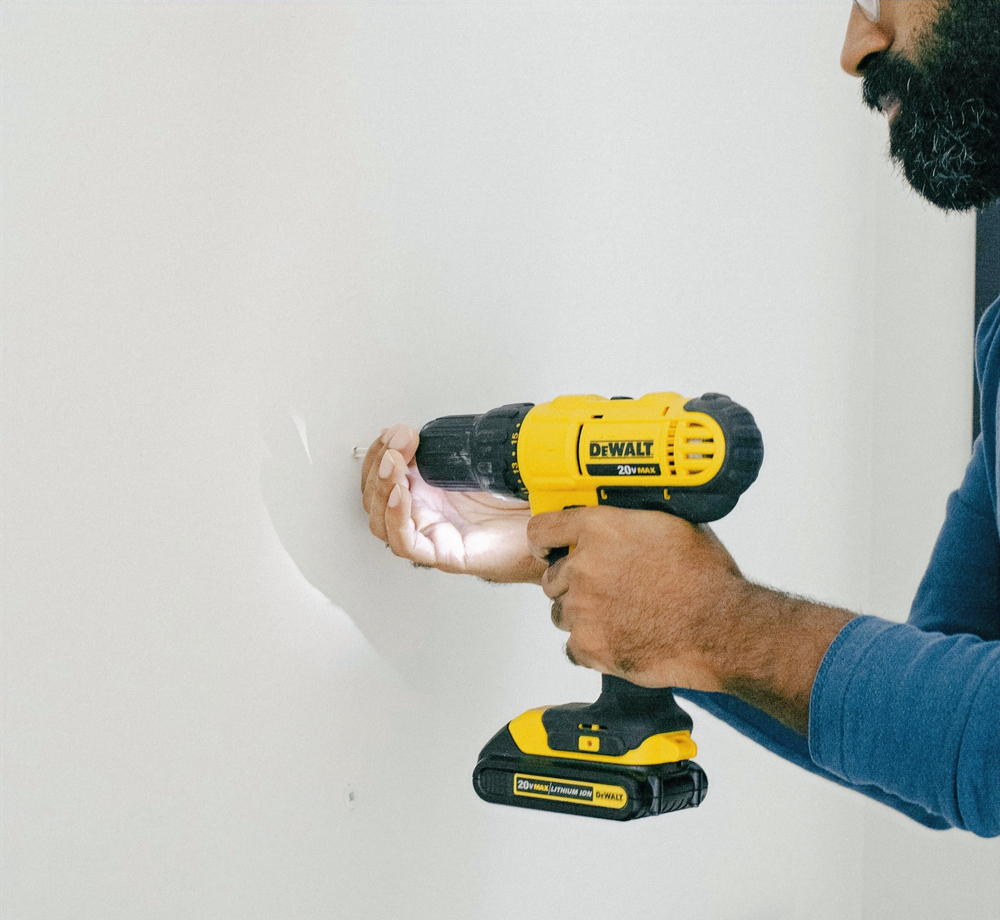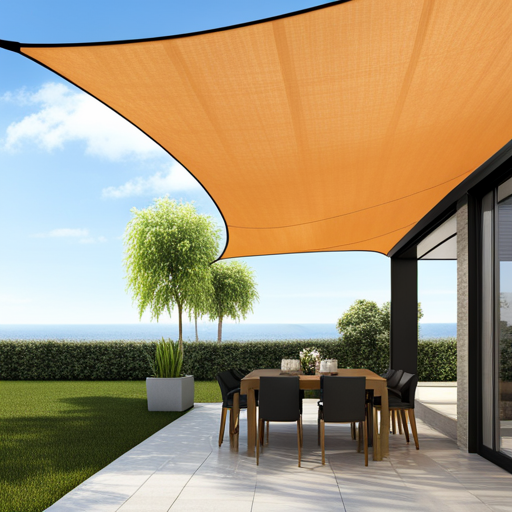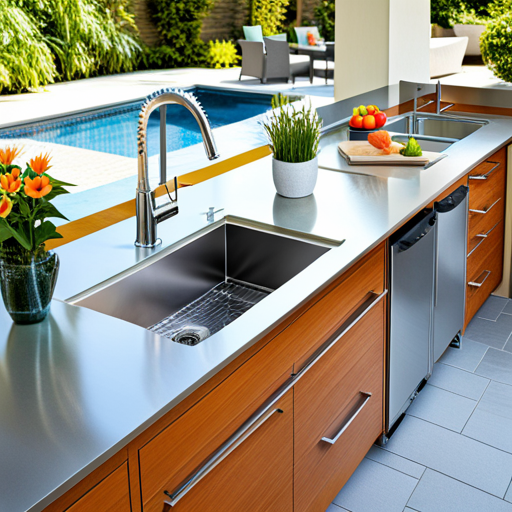Last Updated on June 19, 2024 by John Coleman
The bathroom is one of the most frequent places for an elderly person to experience a fall with injury. So how can we make the bathroom a safer place for our elderly loved ones? This is where bathroom grab bars come into play and there are some essential things you need to know about them.
Installing grab bars is a simple yet effective measure to reduce the risk of falls in the bathroom. These bars can be installed DIY or professionally to provide additional support and stability for the elderly as they move around, especially when the surface is wet and slippery. Properly anchored grab bars can bear substantial weight and assist in maintaining balance during transfers, such as from the wheelchair to the toilet or into and out of the bathtub. Not only do grab bars offer physical support, but they also afford peace of mind for seniors, fostering a greater sense of independence and confidence in their ability to navigate the bathroom safely.
If you purchase through links on this site, we may earn a small commission. See our affiliate disclosure.

Introduction
We’ve all witnessed the challenges our elderly family members face — the simple act of navigating a bathroom can be fraught with hazards. Slippery floors, tight corners, and unforgiving surfaces are a recipe for worry, not only for our loved ones but for us as caregivers, too. But fear not! While all falls are not preventable, you can greatly reduce the risk of occurrence by installing grab bars. By the end of this article, you will know exactly what to look for when shopping for bathroom grab bars for the elderly and how to properly install them.
What are Bathroom Grab Bars?
Bathroom grab bars, also known as safety or handicap bars, are handrails installed in the bathroom to provide support and stability for seniors while bathing, using the toilet, or getting in and out of the shower. The most sturdy ones are usually made of metal and come in various shapes and sizes.
Why are Bathroom Grab Bars Important for the Elderly?
As we age, our bodies naturally become weaker and less agile. Thus, the bathroom can be a challenging and hazardous space for seniors to navigate. Some of the main reasons why bathroom grab bars are essential for the elderly include:
- Preventing Falls: As mentioned earlier, falls in the bathroom are a common occurrence among seniors due to slippery surfaces and decreased mobility. Bathroom grab bars offer a secure handhold for seniors to support themselves and prevent falls.
- Increasing Independence: With the aid of bathroom grab bars, seniors can perform daily activities such as using the toilet or taking a shower without relying on someone else’s assistance. This promotes independence and self-confidence in older individuals.
- Easing Transfers: Seniors with mobility issues often require assistance getting on and off the toilet or in and out of the bathtub. Grab bars provide stable support to make these transfers easier, safer, and more comfortable for seniors.
- Adapting to Changing Needs: As seniors age, their physical abilities may change, making it difficult for them to perform activities that were once easy. Bathroom grab bars can be installed at any time to adapt to these changing needs and provide the necessary support.
- Accommodating Disabilities: For seniors with disabilities, bathroom grab bars are indispensable. They can also help individuals with limited mobility or those who use a wheelchair to move around the bathroom more easily and safely.
How Much Does Bathroom Grab Bars Cost?
The cost of bathroom grab bars varies depending on the type, material, and installation method. Standard grab bars can range from $20 to $50, while more specialized or designer bars can cost up to $200 or more. The cost of installation may also vary depending on labor rates and any modifications that need to be made in the bathroom.
Does Medicare Pay for Grab Bars?
Unfortunately, Medicare does not typically cover the cost of grab bars or their installation. However, some insurance plans may cover a portion of the cost if they are deemed medically necessary. It is important to check with your insurance provider for coverage details. Alternatively, some organizations and programs offer financial assistance for home modifications, including bathroom grab bars, for seniors and individuals with disabilities.
Types of Bathroom Grab Bars
There are various types of grab bars available in the market. Here are some of them:

- Wall-mounted grab bars: These are the most common type of grab bars, and they can be installed on any wall in the bathroom. They come in different lengths and orientations, including vertical, horizontal, and angled bars.
- Floor-to-ceiling grab bars: These grab bars are installed from the ceiling to the floor, providing maximum support for seniors who need to transfer from a wheelchair or get up from a seated position on the toilet.
- Bathtub safety rails: These types of grab bars are designed specifically for use in the bathtub. They are attached to the side of the tub and provide support when seniors are getting in or out of the tub.
- Clamp-on grab bars: These portable grab bars do not require installation and can be clamped onto the edge of a bathtub or shower wall. They are ideal for temporary use or for those who travel frequently.
What Should You Look For In a Grab Bar?
When purchasing grab bars for your bathroom, you should consider the following factors:
- Material: Look for grab bars that are made of sturdy and durable materials such as stainless steel or chrome-plated brass. Avoid plastic or low-quality metal bars as they may not provide adequate support.
- Texture: Make sure the grab bar has a textured surface to prevent slipping, especially when wet. Look for bars with a knurled or peened surface.
- Weight capacity: Check the weight capacity of the grab bar to ensure it can support the user’s weight. Most grab bars have a weight limit of 250-300 pounds, but you can also find heavy-duty ones with higher weight limits.
- Size and placement: Consider the size and placement of the grab bar. It should be long enough for the user to grip comfortably and placed at a height that is convenient for them. Typical diameter is 1.25″ for a comfortable grip.
- Installation: Depending on your needs, you can choose between permanent or portable grab bars. Permanent grab bars require drilling into the wall, while portable ones can be clamped onto surfaces.
- Aesthetics: Although not crucial, the appearance of the grab bar can make a difference in how it blends in with your bathroom decor. You can find grab bars in various finishes and styles to match your preferences.
If you purchase through links on this site, we may earn a small commission. See our affiliate disclosure.
Strategic Placement of Grab Bars
Proper placement of grab bars is essential for maximum safety and support. Here are some guidelines to follow when installing grab bars in your bathroom:
- Shower/tub area: Install a grab bar on the wall inside the shower or bathtub, parallel to the faucet handles or showerhead. This will provide support while entering and exiting the tub or shower. You can also install a vertical grab bar on the wall opposite the faucet handles for additional support.
- Toilet area: Install a grab bar on either side of the toilet, about 33″-36″ off the ground. This will assist with sitting and standing up from the toilet.
- Near sinks: If you have a sink in your bathroom, consider installing a grab bar near it for added stability while using the sink. This should also be 33″-36″ off the ground.
- Entrance/exit area: If your bathroom has an entrance or exit that requires a step, consider installing a grab bar on the wall near the door for support when entering and exiting.
It is important to note that proper placement may vary depending on the needs of the user. It is recommended to consult with a professional or occupational therapist for personalized placement recommendations.
It is important to note that proper placement may vary depending on the needs of the user. It is recommended to consult with a professional or occupational therapist for personalized placement recommendations.
Should Grab Bars Be Vertical or Horizontal?
Both vertical and horizontal grab bars can provide support and stability. However, it is important to consider the intended use and placement when deciding between the two. Here are some factors to keep in mind:
- Vertical grab bars: These are typically used for support while standing or entering/exiting a seated position, such as getting in and out of a tub or shower. They can also be helpful for those with limited arm or hand strength, as they provide a surface to push against when standing up.
- Horizontal grab bars: These are often used for support while transferring from one position to another, such as from sitting on the toilet to standing. They can also be used for balance and stability while using the bathroom.
It may be beneficial to have a combination of both vertical and horizontal grab bars in different areas of the bathroom to meet different needs.
What Height Should Grab Bars Be Placed?
The height of grab bars can also vary depending on the individual’s needs and abilities. Here are some general guidelines to consider:
- Vertical grab bar height: These are typically installed at a height between 33-36 inches (84-91 cm) from the ground. However, it is important to adjust the height based on the user’s reach and comfort level. For example, if the user has limited mobility in their arms, a lower grab bar may be more accessible.
- Horizontal grab bar height: These are typically installed at a height of 33 inches (84 cm) from the ground. However, this can vary depending on the user’s needs and abilities. It is important to ensure that the horizontal grab bar is placed at a level that can be easily reached and provide stability for the individual.
What Methods Are Used to Anchor a Grab Bar?
Grab bars must be securely anchored to the wall to provide effective support. Here are some common methods for anchoring grab bars:
- Wall studs: This is the most secure and commonly used method for anchoring grab bars. Wall studs are located behind the surface of a wall and can provide strong support when installing grab bars.
- Toggle bolts: These are expanding anchors that can be used when there are no wall studs available or if the location of the grab bar does not align with a wall stud. They can provide a secure anchor, but may not be as strong as wall studs.
- Mounting brackets: These are metal plates that can be used to create a sturdy anchoring point for a grab bar. They can be installed on the wall using toggle bolts or other anchors.
- Wall anchors: These are sleeves that can be inserted into a drilled hole in the wall to create a secure anchoring point. They are commonly used when there are no wall studs available, but may not be as strong as other methods.
- It is important to consult with a professional or follow manufacturer instructions to ensure proper installation and anchoring of grab bars. Improper anchoring can lead to accidents and injuries, so it is crucial to take the time to properly install them.
It is important to consult with a professional or follow manufacturer instructions to ensure proper installation and anchoring of grab bars. Improper anchoring can lead to accidents and injuries, so it is crucial to take the time to properly install them.
Items You Will Need to Install a Grab Bar
When installing a grab bar, you will need the following items (For your convenience, I have included the links to items on Amazon below) :
- Grab bar(s) – Choose the grab bar(s) that suit your needs.
- Screws, bolts, or anchors (depending on the type of mounting method) – The grab bar should come with mounting hardware but be sure to check just to be sure.
- Drill and drill bits – to drill holes into the wall and studs for mounting.
- Stud finder – to find the stud (vertical 2x4s) in the wall(s)
- Level – whether you are mounting your grab bar vertically or horizontally, this will help you get it straight and level.
- Pencil or marker for marking placement – to mark the spot where you are going to drill your anchor holes in the wall.
Once you have all the necessary items, follow the steps below to install.
10 Basic Steps to Install a Grab Bar
Installing grab bars in the bathroom is a relatively simple process, but it is essential to ensure that they are properly installed and secure. Here are the basic steps to install a vertical or horizontal grab bar:
STEP 1: First, determine where the grab bar should be placed based on the individual’s needs and abilities.
STEP 2: Locate and mark the wall studs using a stud finder tool.
STEP 3: Measure and mark the placement of the grab bar on the wall, ensuring that it is level.

STEP 4: Pre-drill holes into the marked locations using a drill bit appropriate for the type of wall (wood or tile). (TIP: Before you drill into your wall, be sure that you know the diameter of the hole you need to drill based on the size of your screw, anchor, or mounting bolt. If you drill a hole that is too big, then whatever anchor you are using will not hold.
STEP 5: If necessary, install hollow-wall anchors to ensure extra support for the grab bar.
STEP 6: Place the grab bar against the wall and align it with the pre-drilled holes.
STEP 7: Secure the grab bar to the wall using screws and a screwdriver or drill.
STEP 8: Test the strength and stability of the grab bar by applying pressure in different directions.
STEP 9: Once properly installed, ensure that all screws are tightened securely.
STEP 10: Repeat the process for any additional grab bars that may be needed.
If you purchase through links on this site, we may earn a small commission. See our affiliate disclosure.
Maintenance and Safety Tips for Grab Bars
- Regularly check the stability and tightness of grab bars to ensure they are secure.
- Clean grab bars regularly with a mild soap and water solution to prevent the buildup of bacteria and grime.
- If using suction cup grab bars, be sure to reposition them every few weeks to maintain suction strength.
- Avoid using towel racks or other household fixtures as substitutes for grab bars, as they may not be sturdy enough to support weight.
- It is important to follow the weight guidelines provided by the manufacturer when selecting and installing grab bars.
- If any damage or wear is noticed on a grab bar, it should be replaced immediately.
Conclusion
Bathroom grab bars are a non-intrusive yet powerful tool in the toolkit of elderly care and home safety. Their careful selection, placement, and maintenance can make a significant difference in the lives of our aging population, reducing the risk of falls in one of the most fraught home environments. By advocating for the installation of bathroom grab bars, you’re not just making a smart choice, you’re demonstrating a profound commitment to the health and dignity of those you love.
Frequently Asked Questions
Q: What is the difference between a grab bar and a handrail?
A: Grab bars are designed to provide support and stability for balance, while handrails are intended for gripping while walking up or down a staircase. Handrails typically have larger diameters and can be found in public spaces, whereas grab bars are commonly installed in bathrooms at home.
Q: Do grab bars need to be installed in studs?
A: Grab bars should ideally be installed into studs for maximum strength and stability. However, if this is not possible, there are alternative mounting options available such as using toggle bolts or installing a mounting board between the wall studs.
Q: Can grab bars be used in other areas of the house?
A: Yes, grab bars can also be installed in other areas of the house where additional support and stability are needed, such as near doorways or in hallways. They can also be used in other rooms like the kitchen or laundry room to help with tasks that require reaching or standing for extended periods of time.
Q: Can I install grab bars myself?
A: Yes, you can install grab bars yourself if you feel comfortable it is within your skill set. However, if you have any doubts or are unsure, it is highly recommended to hire a professional for proper installation. This is a job that could result in serious injury if done incorrectly.
Q: Do suction grab bars work on tiles?
A: Suction grab bars are not recommended for use on tiles as they may not adhere properly and can become loose, potentially causing accidents. It is best to install grab bars using proper mounting methods for maximum safety and effectiveness.







